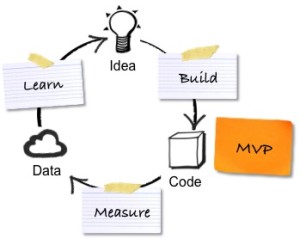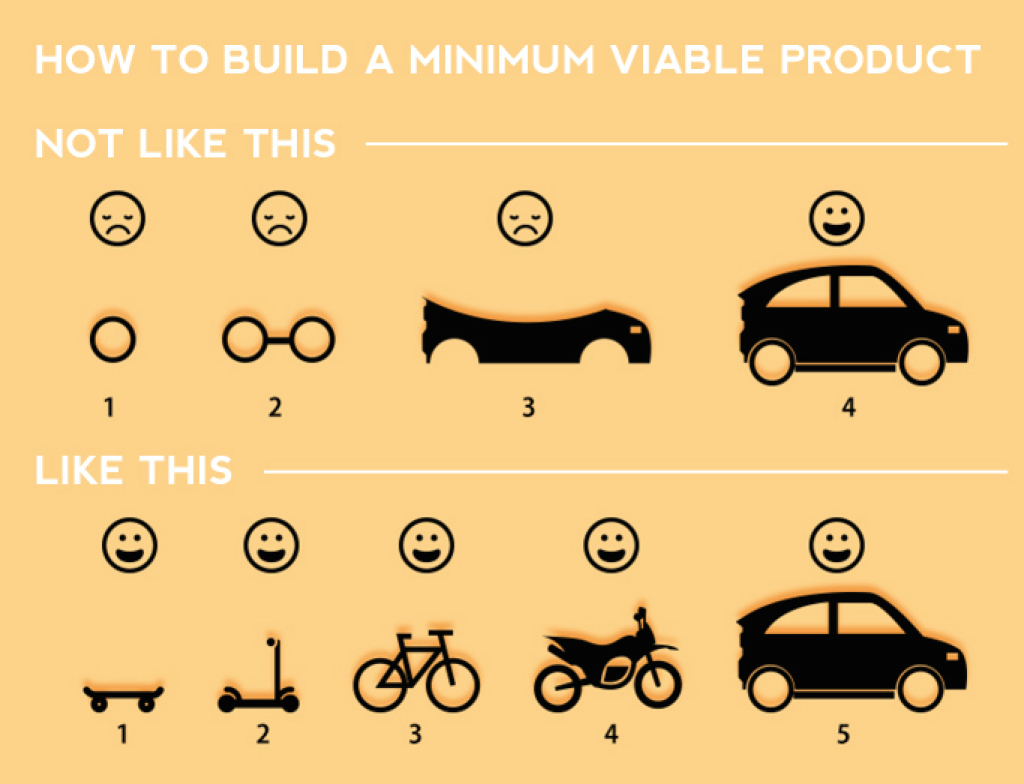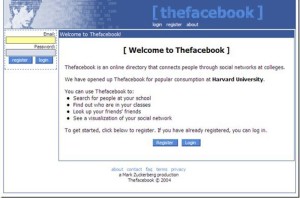
A Minimum Viable Product (MVP) means building a product with basic yet necessary features that allows you to release it to the market immediately. Below are the reasons why MVP is Key to your product success.
At Appomate we’re often asked to build Apps to supplement or complement an existing product, potentially to improve app business processes or create a new revenue stream. In such cases, building an MVP is advantageous because it involves less effort enabling the appreneurs to test their app idea with potential customers/users.
Most of appreneurs approach us with App projects which is in the “idea” phase. At this phase the apprenuers have typically done some market or user research to validate their idea, but when it comes to the budget that’s another story.
We deal with Appreneurs who often only have very little money raised, potentially have investors ready to go when the idea is further along or they are yet to start raising funds, it’s at this point we ask them the below question:
“Have you heard the concept of MVP?”

What is “Minimum Viable Product”?
Now, if you haven’t read the Lean Startup yet, add it to your list. It’s the foundation for many processes that companies use.
Minimum Viable Product or MVP is more of a concept or philosophy than a specific process or technique. The idea is to get something to market as soon as possible, get real people using it and then iterate or add features based on user feedback instead of assumptions.
It’s very tricky to actually execute a minimum viable product launch, however. No one wants to put anything but their best foot forward, so why would anyone put something out into the world that’s… unfinished? (Gasp!).
To note, there’s a misconception that an MVP is unpolished or unfinished. That’s not the case. It may not have all the features you dreamed of, but it has all the functionality you need.

An additional factor is that app businesses shouldn’t waste valuable time and resources on anything that isn’t essential to their business.
The only way to really know what your app needs is to see how people are using it.
The core methodology is “Build. Measure. Learn.” The point is to learn quickly and iterate.
Here’s an Example
Think back to the first time you used Facebook.
Did Facebook look like it does today?
Do you think that Mark Zuckerberg, in his Harvard dorm room, envisioned the Facebook that exists now?

How could he? In fact, some technology that Facebook relies on wasn’t even available back then.
Then, how did Facebook turn to be a social giant now? Initially, Facebook rolled out an MVP to Harvard students and the prototype was tested for user feedback. In fact, some technology that Facebook relies on wasn’t even available back then.
One of the reasons Facebook is especially successful is that they’re constantly assessing, iterating and evolving. In order for Facebook to be successful, they weren’t able to build a product, “take it to market” it and then sit back while the dollars rolled in.
To this day, Facebook develop the code on all of its platforms (website, iOS, Android, etc.) twice a day, every day!
Can you remember about using Twitter for the first time?
Twitter didn’t start out with a “retweet” button, but after the company realized that many people were copying other user’s tweets and pasting them into their Twitter feeds manually they incorporated this into their app.
Instagram? Remember when Instagram had no video? But then Vine came along and everyone was talking about it. So the decision was made to incorporate video to continue to gain the marketplace. Remember when there was no Instagram website? Or no Android version? I do, and my nieces and nephews all had Instagram before I did so I was certainly not an “early adopter” the app.
Instagram’s concept was that they could do better by getting to market, and they’d build an Android version and a web version while iOS users started using the product. They were out there, even though they weren’t finished.
What does MVP mean for your business/app idea?
The term MVP in itself is quite broad. For an app where do you start? Where do you stop? What functions should you include and which can you do without for your launch? Which features are essential?
Below are some guidelines you can use to guide you through that process.
- The App has to look and feel finished. This means it should be fully branded and designed, it shouldn’t have bugs, and every visible button and link should work. First impressions and trust are still immeasurably important– maybe even more so for an MVP approach
- The App’s core functions need to work. For example, if your app is a photo-sharing service, it needs to be able to share photos. It doesn’t need to have full tagging capabilities or social media sharing options yet, but it needs to do what it’s supposed to do.
- Anything that doesn’t absolutely require automation can begin as a manual process. Let’s face it, it’s unlikely your app will generate a million users in your first month. No doubt it would be nice to have a custom-built automated customer service platform, perhaps with live chat, but it’s probably smarter to launch phase one of your app with a simple email address or phone number that users can contact for assistance.
- Implementing change needs to be as simple as possible, with few barriers. When businesses decide to release a “phase one”, “light” or BETA versions of their app with the intention of having it grow, The key is you need to react to how people currently using it. You have to keep improving it. If something clearly needs to be added or changed you need to do this as rapid as possible to keep your users engaged and open to recommending your app to others.
- Owners and Investors need to keep an open mind. While the MVP process is highly successful in app development and technology circles there’s still a lot of trial and error involved. If the decision-makers are fighting the process the whole way, it will surely fail.
Understanding MVP is the key to success: Benefits
- Having a Minimum Viable Product (MVP) helps you to validate your App ideas
- Ready to release the simpler version of your product to the market
- Test the necessary features for your target audience.
- Helps you understand your buyer intent, persona and their preferences
- Helps you to get the user feedback immediately which you can incorporate in your product instantly
Why consider an MVP strategy?
The reality is that many app entrepreneurs should rethink what it means to launch an app.
Traditional methods of product launches are suffering as products are coming to market faster than ever. Developing your idea for 2 years in a dark room, all in preparation for the “Big Reveal” isn’t as smart of a move as it used to be, especially if your competitor launches their product while you’re constantly fine-tuning yours.
If I’ve piqued your interest (and I’m sure hope I have), please research the topic a little more. You’ll find that tonnes of people are talking about it, and a lot of really successful entrepreneurs believe strongly in it.
If you’d like to share your app idea with one of our team members who understand the concept of the MVP and discuss how you could roll out your app idea with this strategy in mind call us today on 1300 781 794
back to the Blog